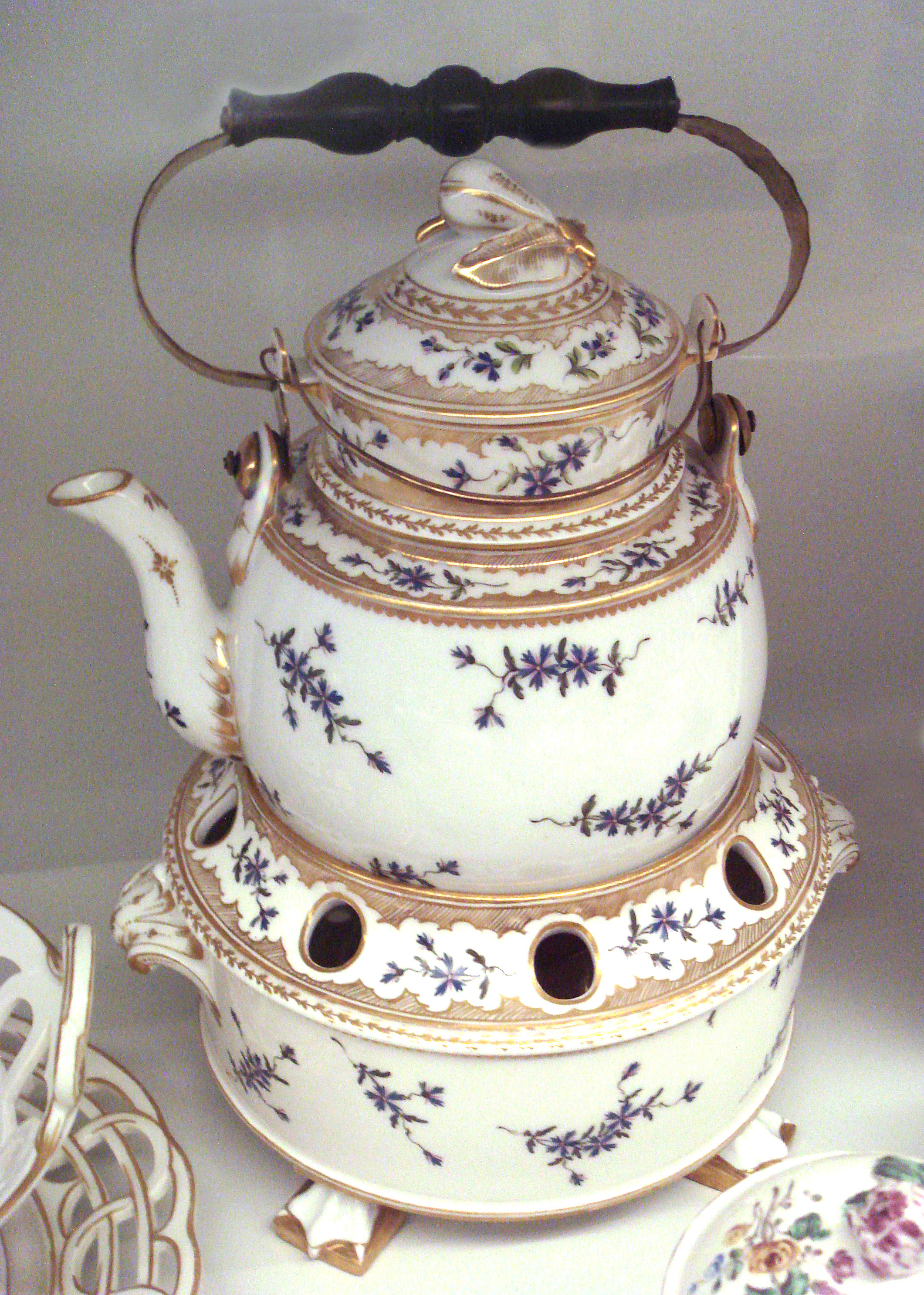Clignancourt porcelain on:
[Wikipedia]
[Google]
[Amazon]
 Clignancourt porcelain, also "Porcelaine de Monsieur" or ''Manufacture de Monsieur'', was a type of
Clignancourt porcelain, also "Porcelaine de Monsieur" or ''Manufacture de Monsieur'', was a type of 

google books
{{coord, 48, 53, 28, N, 2, 20, 37, E, region:FR_type:landmark_source:kolossus-frwiki, display=title Porcelain of France
 Clignancourt porcelain, also "Porcelaine de Monsieur" or ''Manufacture de Monsieur'', was a type of
Clignancourt porcelain, also "Porcelaine de Monsieur" or ''Manufacture de Monsieur'', was a type of French
French (french: français(e), link=no) may refer to:
* Something of, from, or related to France
** French language, which originated in France, and its various dialects and accents
** French people, a nation and ethnic group identified with Franc ...
hard-paste porcelain, bought or established by the architect Pierre Deruelle in 1767. The factory remains at what was then Rue de Clignancourt, Montmartre, Paris; it may have already been in production at that point. In January 1775 it was placed under the protection of ''Monsieur'', the King's brother, and future Louis XVIII. The porcelain was then called ''Porcelaine de Monsieur''. The factory was transferred to Deruelle's son-in-law in 1790, and production had presumably ceased by the time the building was sold in 1791.
The wares were very high quality, and often similar to those of Sèvres porcelain
Sèvres (, ) is a commune in the southwestern suburbs of Paris, France. It is located from the centre of Paris, in the Hauts-de-Seine department, Île-de-France region. The commune, which had a population of 23,251 as of 2018, is known for it ...
. The Metropolitan Museum of Art has a very rare round plaque inset as a table top, painted with flowers.MET, 267
The mark was originally a windmill (a symbol of Montmartre), replaced in 1775 by the prince's initials of "LSX".


Notes
References
*"MET"= ''Decorative Arts'', Volume 15 of Robert Lehman collection, Metropolitan Museum of Art, 2012, The Metropolitan Museum of Art, New York / Egbert Haverkamp-Begemann, Authors: Metropolitan Museum of Art (New York, N.Y.), Wolfram Koeppe, Clare Le Corbeiller, William Rieder, Charles Truman, Suzanne G. Valenstein, Clare Vincent, , 9781588394507google books
{{coord, 48, 53, 28, N, 2, 20, 37, E, region:FR_type:landmark_source:kolossus-frwiki, display=title Porcelain of France